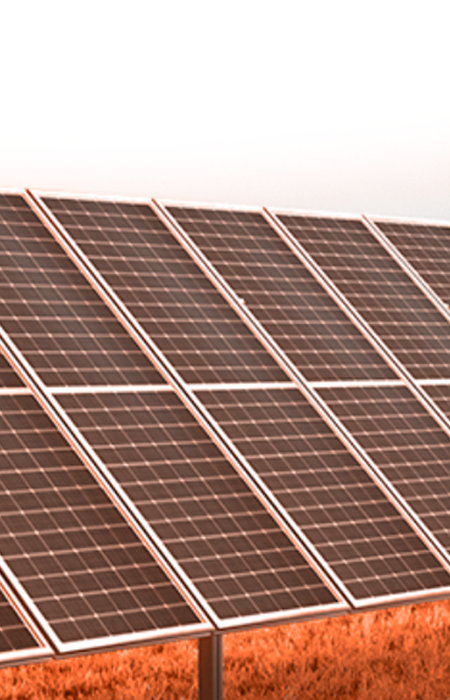SCADA system in photovoltaic plant
What is the SCADA system in a photovoltaic plant?
The SCADA system (Supervisory Control and Data Acquisition) in a photovoltaic plant is a technological tool that allows real-time supervision, control and monitoring of plant operations. Its main objective is to optimize performance, guarantee energy efficiency and prevent possible problems in the generation of solar energy. It is used in the installation of photovoltaic solar plants..
Key components of the SCADA system in a photovoltaic plant
control stations
Control stations are specialized computers or devices that collect and process data from field devices such as solar panels, inverters, and weather sensors. These stations allow operators to monitor and control the operation of the solar plant in real time.
Field devices
Field devices in a photovoltaic plant include sensors, actuators and controllers, which are responsible for measuring and transmitting data on the performance of solar panels, ambient temperature, solar irradiation, among other factors. These devices are essential to obtain accurate information about the operation of the plant.
Benefits of the SCADA system in a photovoltaic plant
Performance optimization
The SCADA system allows operators to identify and solve performance problems in real time, automatically adjusting parameters such as the inclination angle of the solar panels or the frequency of the inverters. This guarantees efficient energy production and maximizes the profitability of the plant.
Failure prevention and predictive maintenance
By constantly monitoring the status of devices and environmental conditions, the SCADA system can detect anomalies and prevent potential failures before they occur. In addition, it enables predictive maintenance to be carried out, which reduces the costs and downtime associated with reactive maintenance.
Reduction of operating costs
Thanks to automation and remote control, the SCADA system reduces the need for human intervention in the photovoltaic plant, which lowers operating costs and increases the efficiency of the process.
SCADA system applications in photovoltaic plant
Monitoring and control of energy production
The SCADA system allows operators to monitor the energy production of the photovoltaic plant in real time, adjusting parameters according to weather conditions and energy demand.
Alarm and event management
The SCADA system generates alarms and notifications in case of anomalies or unexpected events, allowing operators to take fast and effective measures to solve problems and minimize the impact on energy production.
Reporting and data analysis
The SCADA system collects and stores historical data from the PV plant, facilitating reporting and trend analysis for better decision-making and long-term planning.
Frequent questions
What is a SCADA system and what is its application?
A SCADA (Supervisory Control and Data Acquisition) system is a technology used to monitor and control industrial processes remotely. Its main application is to optimize the efficiency and performance of facilities such as power plants, water supply systems and photovoltaic plants
How is a SCADA system implemented?
The implementation of a SCADA system implies the installation of field devices (sensors, actuators, controllers), control stations and a communication network. Field devices collect data, while control stations process and display the information in real time, enabling remote monitoring and control.
What is the difference between SCADA and HMI?
SCADA is a complete system for controlling and monitoring industrial processes, while HMI (Human-Machine Interface) is a component of SCADA that allows operators to interact with the system. HMI provides a graphical and visual interface for operators to monitor and control the process, while SCADA takes care of data acquisition, processing and communication.

